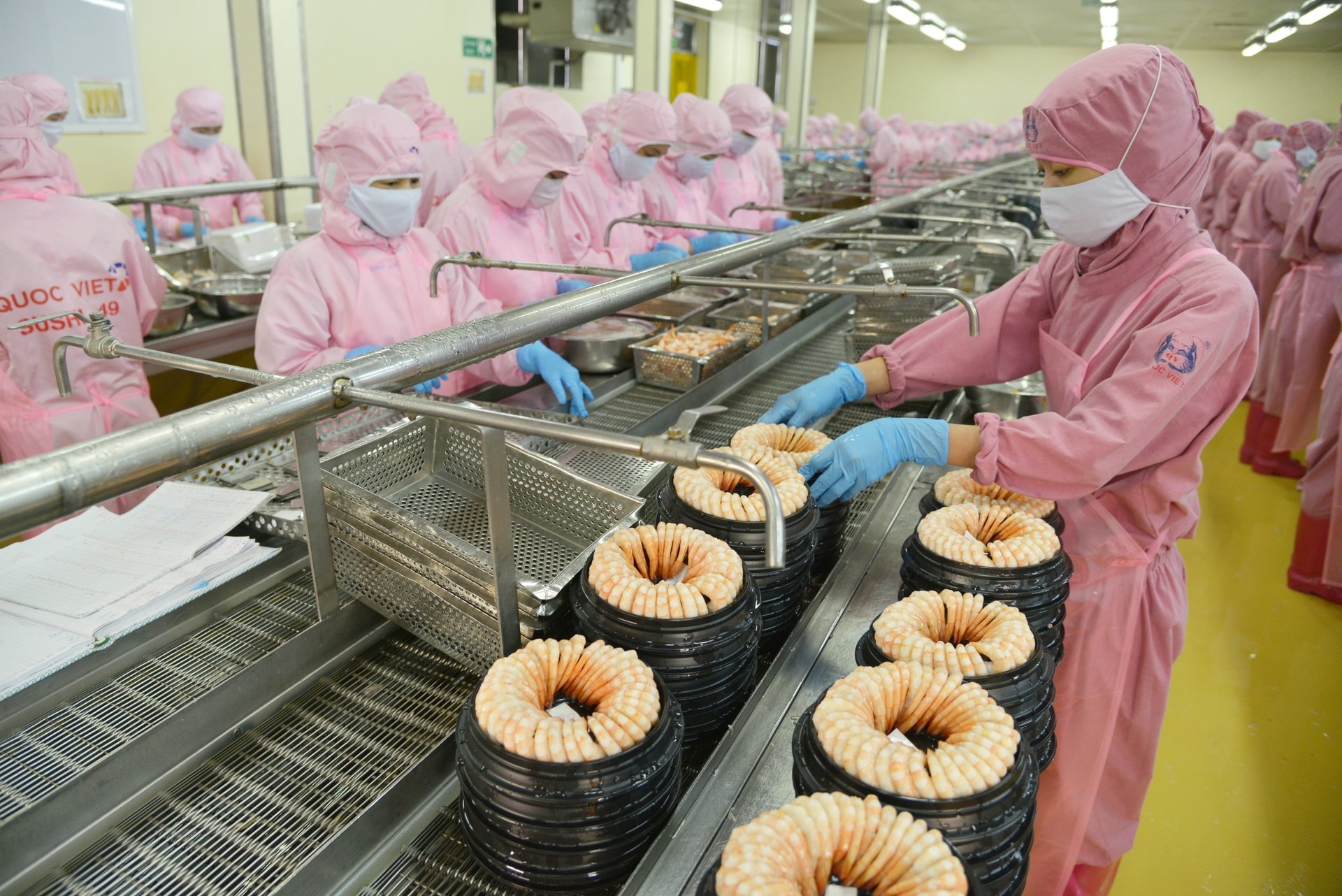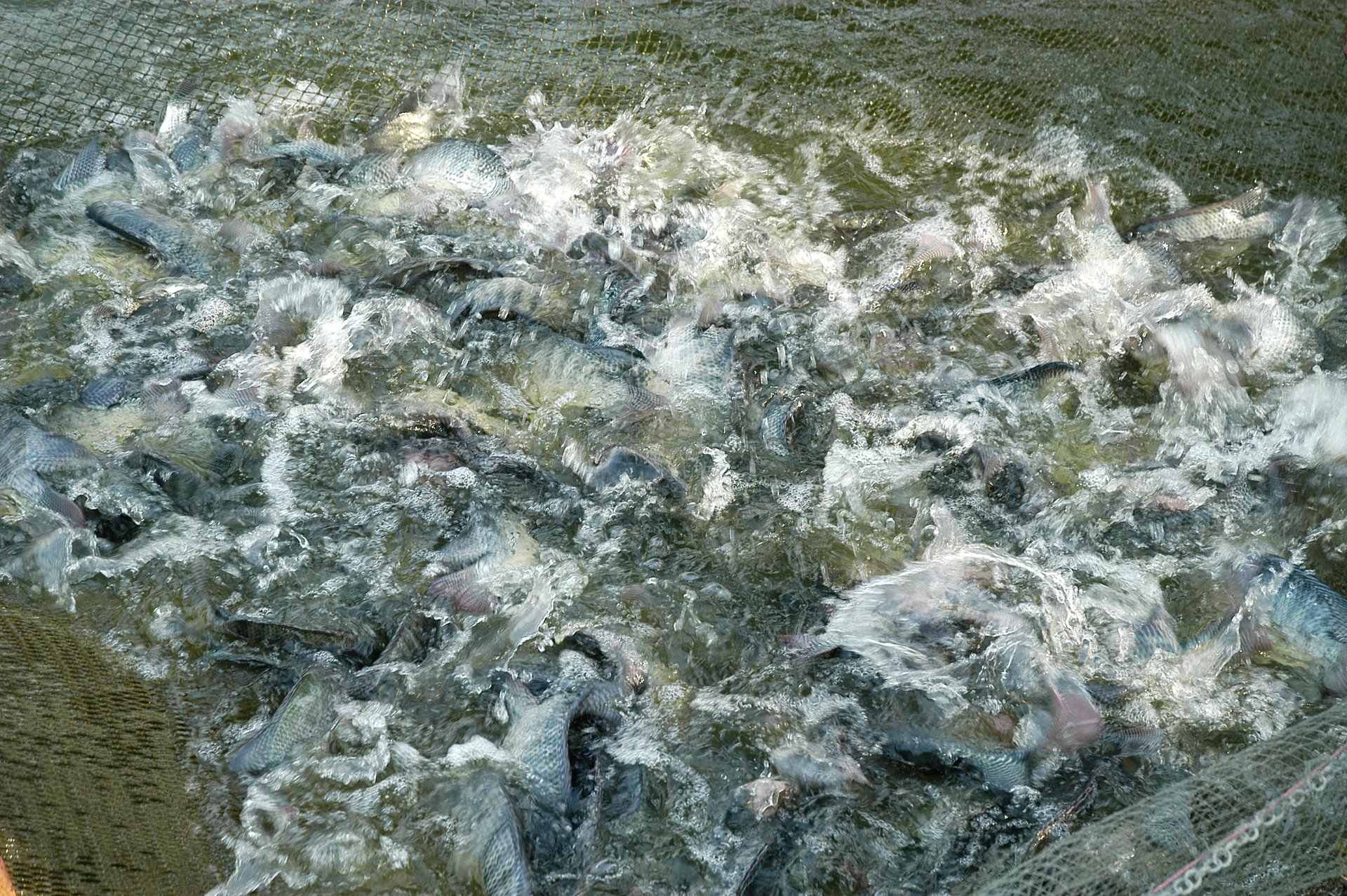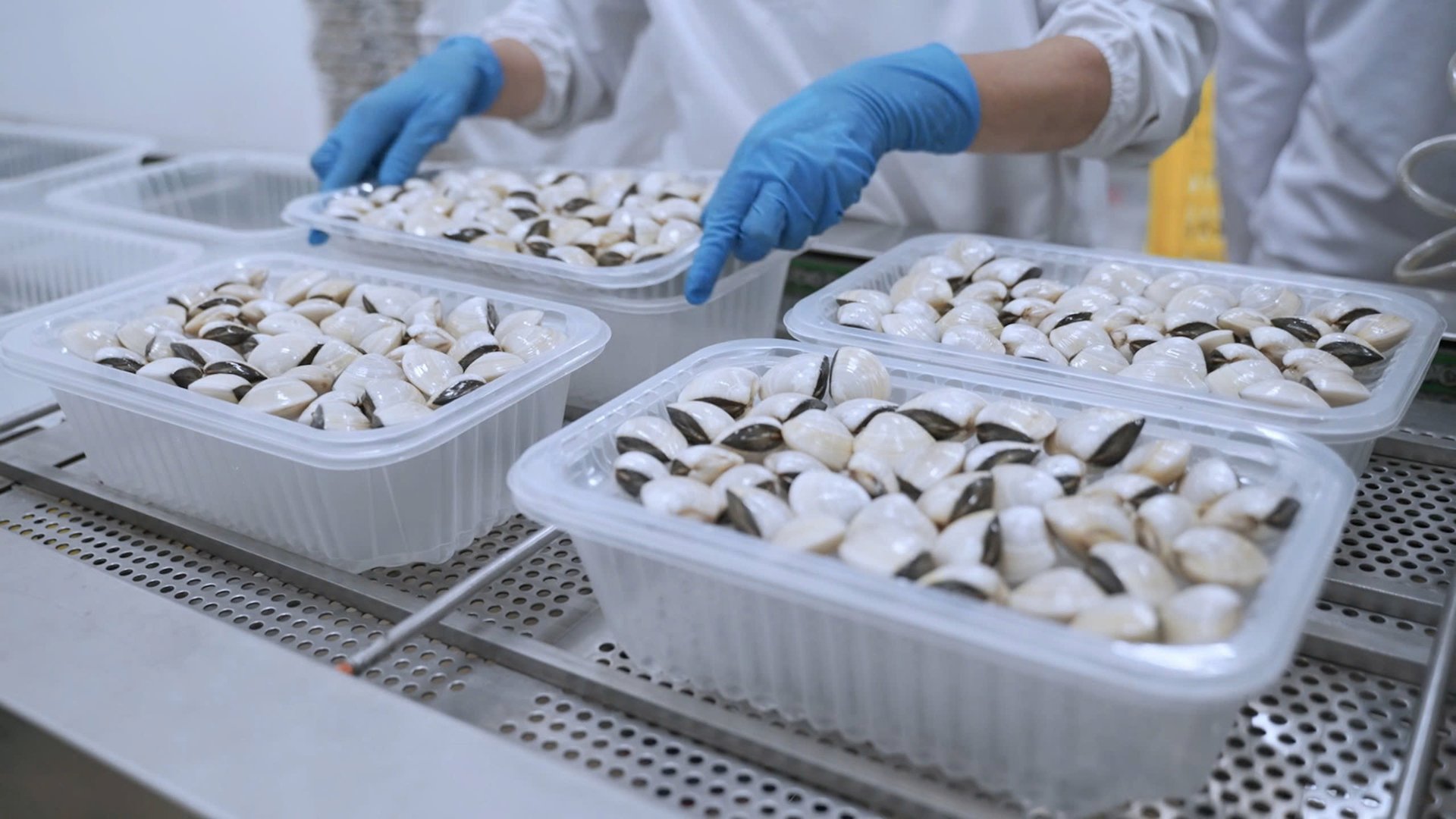October 30, 2025 | 09:56 GMT +7
October 30, 2025 | 09:56 GMT +7
Hotline: 0913.378.918
October 30, 2025 | 09:56 GMT +7
Hotline: 0913.378.918

Every year, shrimp contributes about 40-45% of the total seafood export value, equivalent to USD 3.5-4 billion. Photo: Hong Tham.
In shrimp alone, Vietnam ranks among the top five producers globally (alongside Ecuador, China, India, Indonesia), supplying 74% of the world’s shrimp volume. For two decades, shrimp has been a key driver of seafood exports, providing about 40% to 45% of the sector’s total export value, equivalent to USD 3.5 to 4 billion annually.
According to the Directorate of Fisheries, under the Ministry of Agriculture and Environment, shrimp production in 2024 reached 1.264 million tons (up 5.3% year on year), with giant tiger shrimp at 284,000 tons and whiteleg shrimp at 980,000 tons. The target for 2025 is 1.29 million tons of brackish-water shrimp. VASEP reports that shrimp exports in 2024 brought in nearly USD 4 billion, a 15% increase over 2023. In 2022, a record USD 4.3 billion was reported, a 14% rise over 2021.
Pangasius has also recorded strong growth, helping diversify export structure and elevate Vietnam’s global footprint. Native to the Mekong Delta, pangasius is a key element in agricultural restructuring. With its unmatched natural conditions, the pangasius industry has flourished into a globally recognized sector.
VASEP states that annual pangasius export value has ranged from USD 1.5 to 2.35 billion, representing 16% to 26% of Vietnam’s total seafood export value. In 2022, pangasius exports reached a record USD 2.35 billion, exceeding the previous high of USD 2.26 billion in 2018.

Tilapia is a potential farmed species, with increasing consumption demand in both domestic and export markets. Photo: Hong Tham.
Tuna has also become a bright spot. In 2024, tuna exports reached nearly USD 1 billion, with stable growth in major markets such as the US, the EU and Japan, highlighting its importance as a strategic seafood product.
Although shrimp and pangasius offer high commercial value, overconcentration on these two makes the seafood industry vulnerable to market fluctuations and disease risks. Mr Tran Dinh Luan, Director General of the Directorate of Fisheries, notes that to achieve a 4.35% growth target in 2025, the seafood sector must diversify into competitive new cultured species such as tilapia, eel, mollusks (clams, oysters), seaweed, abalone, and sea cucumber. These species have high economic value, align with the conditions in many regions, allow efficient use of water resources, and reduce environmental pressure.
Mr Pham Anh Tuan, former Deputy Director General of the Directorate of Fisheries, explains that diversification is essential. With constantly shifting market demands, both domestic and international, product diversity is needed to better meet needs. Currently diversity exists, but stronger promotion is needed for high potential species such as tilapia, which has both domestic demand and export opportunities.
Clearly, diversifying cultured species not only expands growth potential but is also key to risk reduction, competitiveness and sustainable development.

For Vietnam’s seafood industry to develop comprehensively and maintain its position as a major exporter, strengthening the domestic market must go hand in hand with the strategy of expanding and conquering international markets. Photo: Hong Tham.
Given challenges faced by key export markets including the US, the EU and China such as technical barriers, tariffs, and variable consumption, effectively leveraging the domestic market (population over 100 million) is an essential strategy to ensure sustainable seafood sales.
Mr Tuan says that even domestically, insufficient attention has been paid to developing the home market, resulting in limited penetration in the northern region for familiar Mekong Delta species. The main cause is poor marketing, promotion, and consumption guidance. For instance, catfish or giant freshwater prawn are rarely seen in northern markets, even though there is high demand and huge potential.
Nonetheless, to ensure comprehensive sector development and maintain its position as a seafood export power, strengthening domestic markets must go hand in hand with expanding and conquering international markets. In addition to traditional markets including the US, the EU, Japan, and China, Vietnam is gradually breaking into potential markets in the Middle East, South America, South Asia, and Africa. This move helps disperse risks, avoid overreliance on a few major markets and open new export growth avenues.
Real-world results show that items like pangasius, shrimp, tuna, mollusks have begun securing positions in new markets due to advantages in quality, price, and ability to meet international standards. Active participation in new-generation free trade agreements also helps Vietnamese companies engage more readily with global consumers.
Clearly, diversifying both farmed species and markets is a fundamental strategy that enables Vietnam’s seafood industry to accelerate steadily amid global trade fluctuations. When the domestic market is regarded as the "long-term stronghold" and the international market is given more room for expansion, Vietnam’s seafood industry has a solid foundation to affirm its position and reputable brand on the world seafood map.
Translated by Huong Giang

(VAN) Experts propose translating evidence and practical models into concrete policies and resources, establishing agroecology as the foundation for a sustainable agricultural transition.

(VAN) Viet Nam’s rice exports struggle after the Philippines halted imports. Beyond the efforts of businesses, government contracts play a key role.

(VAN) An Giang Province calls on the people to combat IUU fishing; violations may result in a VND 1 billion fine or imprisonment of 15 years.

(VAN) Sludge treatment has been a major challenge for Hanoi, which may seem minor at first glance but has a profound impact on sustainable development.
/2025/10/24/1814-3-091309_468.jpg)
(VAN) With an estimated value of around $10 trillion by 2028, Halal is becoming a promising new market for Vietnam's agricultural and food exports.

(VAN) The Ministry of Agriculture and Environment has issued Decision No. 4082/QD-BNNMT on the Ministry’s plan to implement the Prime Minister’s Decision No. 1422/QD-TTg dated November 19, 2024.

(VAN) The Prime Minister has requested the Ministry of Agriculture and Environment to coordinate with the Government Office in compiling weekly reports on the results of combating IUU fishing by ministries, sectors, and localities.